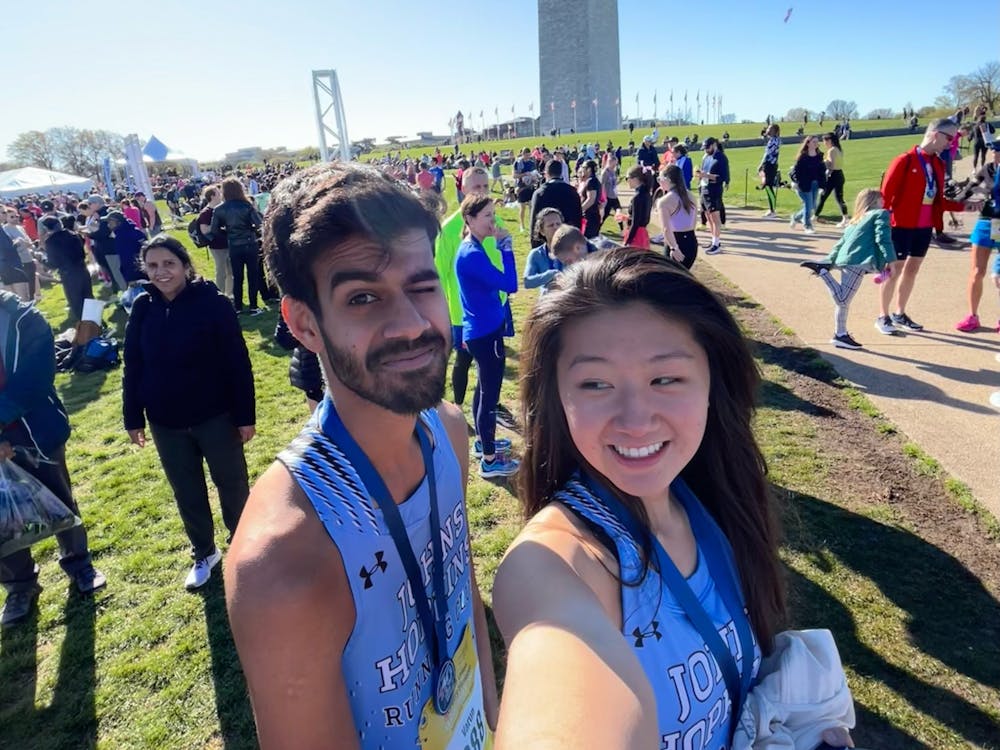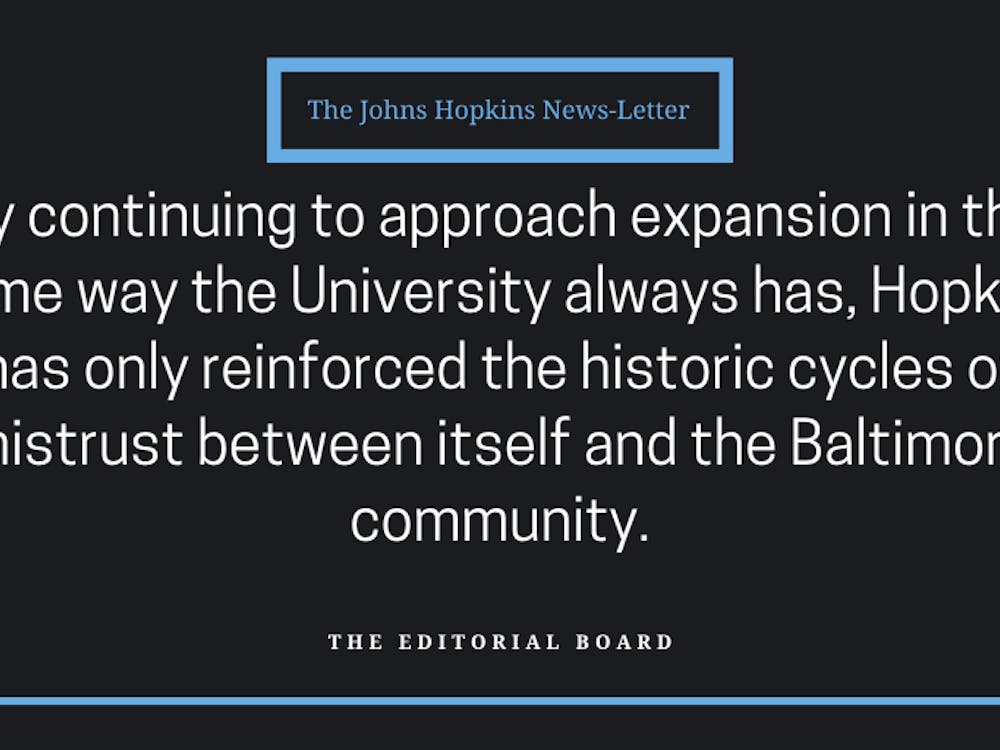It’s no secret that Peter Jackson’s The Hobbit trilogy has come under fire ever since its announcement, owing primarily to the decision to split the story into three movies. Despite, or perhaps because of, the huge success of The Lord of the Rings trilogy in the early 2000’s, fans were rather skeptical of Jackson’s decision; if he could adapt three books into three movies, then why on earth would a single, shorter book, need to be made into three movies, if not to just make a buck?
And, truthfully, history has proven that those fans were justified in their skepticism, as the first two films of the new Hobbit trilogy were rife with issues, ranging from overdone exposition, filler dialogue and action sequences that stretched on for entirely too long. So, with Jackson’s latest and last foray into the world of The Hobbit, does The Hobbit: The Battle of the Five Armies redeem this trilogy or simply fall prey to the same issues as the previous two?
The answer, really, is a little of both. First off, it must be noted that this film is the conclusion of a trilogy of films, and, as such, many aspects of its plot and characters will be lost on those who are unfamiliar with the franchise.
While this review will be as free of spoilers as possible, in order to properly discuss the plot and character development within the film, information will inevitably need to be drawn from the prior films. For those wishing for no spoilers from the previous films, please skip the following paragraph.
The Battle of the Five Armies concludes the story of Bilbo Baggins (Martin Freeman) and his journey with a band of dwarves led by Thorin Oakenshield (Richard Armitage). Having successfully reclaimed the dwarves’ kingdom, Erebor, from the dragon Smaug, Bilbo and company believe their journey is complete.
However, one last conflict looms on the horizon as armies begin amassing on their doorstep. Armies of humans and elves converge on the mountain, both seeking treasure from the mountain. Legions of orcs cascade from all sides, hoping to fill the power vacuum left by the defeated dragon.
Thorin, meanwhile, has gone mad in his greed and lust for power and seals himself within the mountain, turning a blind eye to the bloodbath on his doorstep. As more and more armies join the fray, questions arise: Should the dwarves fight? And, if they do, what ought they fight for?
The film, as its title suggests, is largely based around this one particular battle. While Jackson’s Middle Earth films have never shied away from grand and lengthy combat sequences, the sheer scale and length of the actual Battle of Five Armies is so great as to put those in The Return of the King to shame, which is no small feat.
More impressive than the mere scope of the battle, however, is how Jackson miraculously manages to keep the film fresh and lively throughout. Despite its length, I never found myself wondering when the fight would finally end, or getting bored or even acclimated to the action. It managed to remain engaging throughout, with enough twists and changes to constantly keep audiences guessing at what the next development would be.
Admittedly, though, some portions of the action scenes could come off as a bit cheesy and over-the-top, particularly in regards to Orlando Bloom’s character. If audiences thought some of Legolas’s stunts in The Lord of the Rings were ridiculous, this film will redefine the term.
Beyond the mere battle, which admittedly encompasses the majority of the film, numerous subplots and background developments come into fruition in this film, to excellent effect. Despite the relative slowness of the first two films, each and every instance of character development in this film far exceeds the expectations from its buildup. Each moment feels earned, and each step the characters make feels like an accomplishment.
This strength, however, also feels like the film’s greatest weakness. Despite having so little content to actually cover — one battle and the resolution of the journey — both the length of the battle and the numerous subplots make it feel, occasionally, as though there are simply too many elements being juggled at once.
While most of them come into play in the central plot in some fashion, some exist purely to be fan service for those familiar with the franchise as a whole, and they could potentially muddle the plot as a whole. One particular sequence involving the wizard Gandalf (Ian McKellen) early in the film, while extremely interesting to see, has little bearing on what goes on in the rest of the film.
To give credit where it is due, sequences like these do allow the film to seamlessly lead into The Fellowship of the Ring, the first of the original trilogy of films. As a standalone film, however, these scenes to come off as a bit distracting.
In all, The Battle of the Five Armies is significantly more successful than its predecessors. The stakes are higher, the characters are better written, and, for the most part, the film remains engaging from beginning to end.
While the trilogy as a whole doesn’t manage to live the legacy left by its predecessor, its conclusion certainly shows that the films won’t go out without one heck of a fight. This last film in Middle Earth — for now — reminds us why we ever wanted to go there and back again.
Overall Score: 4/5






















Please note All comments are eligible for publication in The News-Letter.